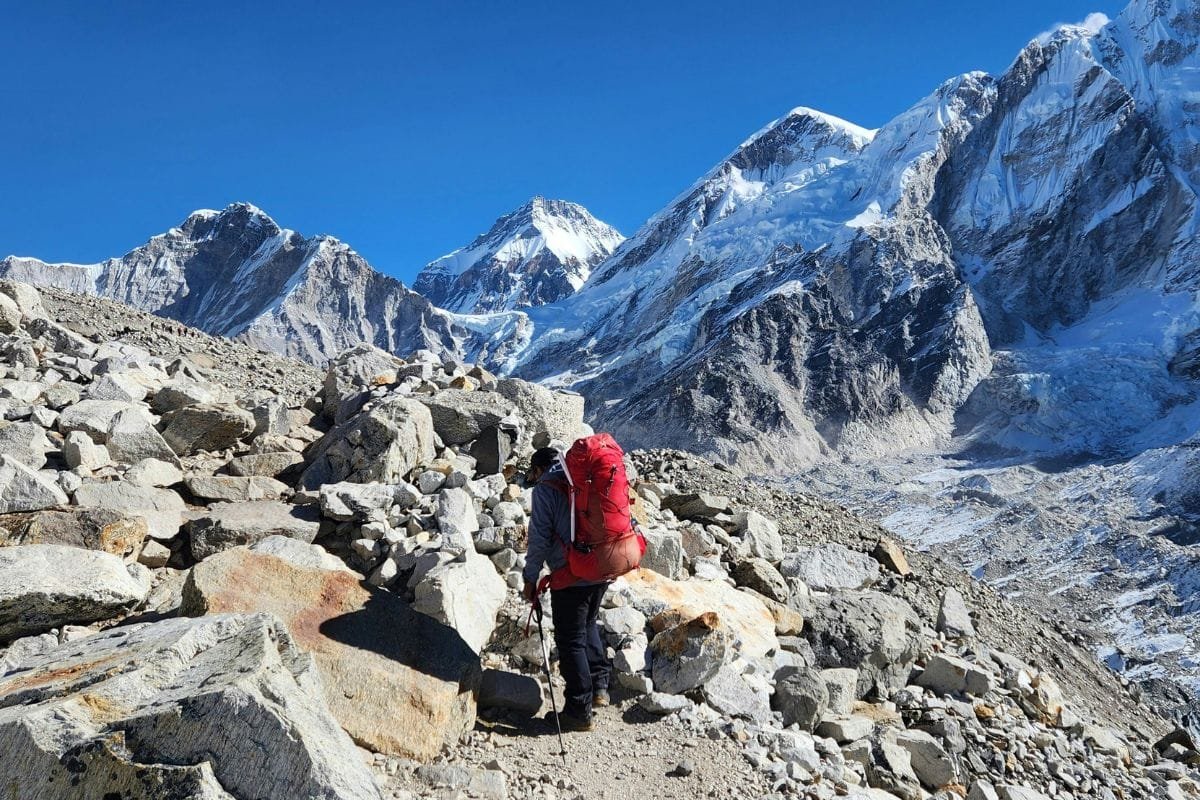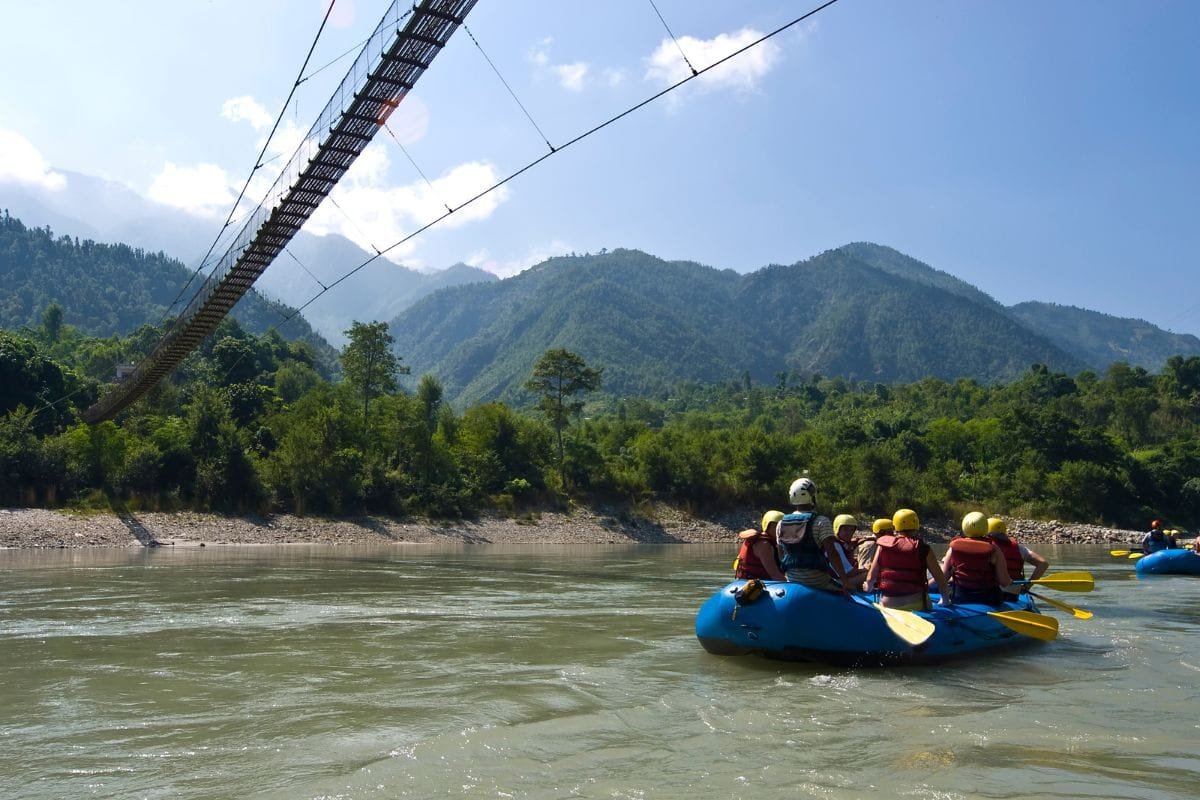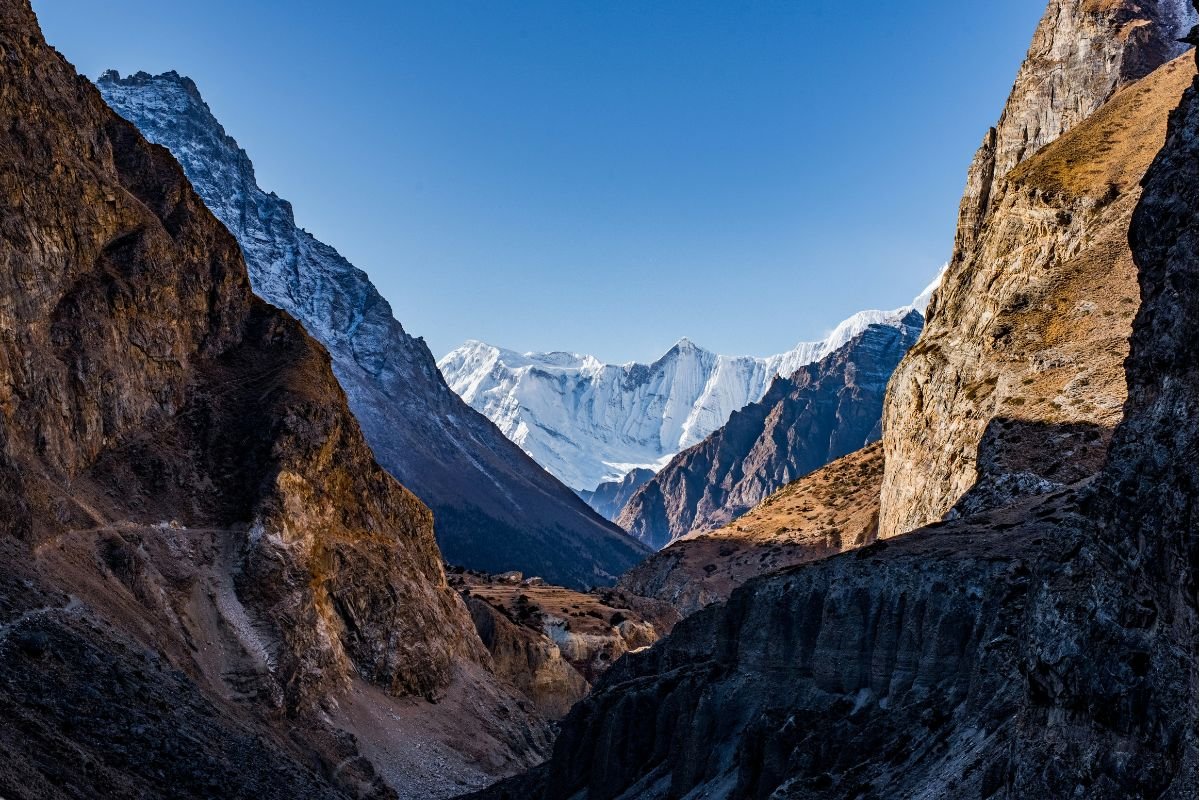Nepal, a land of unparalleled beauty, is a treasure trove of natural wonders. While the majestic Himalayas and iconic trekking routes like Everest Base Camp and Annapurna Circuit draw global attention, there are countless lesser-known destinations that remain untouched by mass tourism. These hidden gems offer a serene escape into pristine landscapes, rich biodiversity, and authentic cultural experiences. Let’s explore some of Nepal’s best-kept secrets that showcase its untouched natural beauty.
1. Khaptad National Park
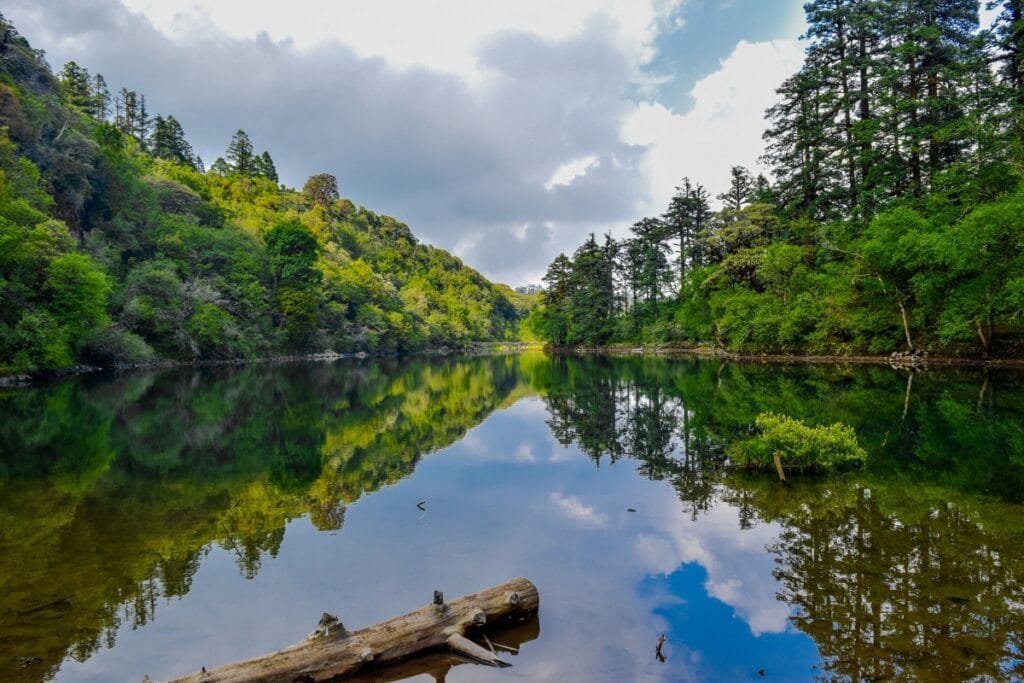
Tucked away in the far-western region of Nepal, Khaptad National Park is a true hidden gem that spans four districts: Bajhang, Bajura, Achham, and Doti. Established in 1984, the park covers an area of 225 square kilometers and is a haven of rolling hills, verdant meadows, and dense forests. Its elevation ranges from 1,400 to 3,300 meters, creating diverse ecosystems that support a remarkable variety of flora and fauna.
The park is named after Khaptad Baba, a revered Hindu saint who meditated in this serene landscape for years. His ashram, located within the park, is a significant spiritual site that attracts pilgrims seeking peace and enlightenment. The Triveni confluence, where three rivers meet, is another sacred spot that holds religious significance and is often visited by devotees.
Khaptad National Park is home to over 270 species of birds, including the colorful Himalayan monal, Nepal’s national bird, as well as pheasants, cuckoos, and eagles. Mammals such as leopards, Himalayan black bears, musk deer, and langurs roam the park’s forests. The area’s rich biodiversity also includes over 220 species of medicinal plants, making it a valuable resource for traditional healing practices.
The landscape of Khaptad is characterized by its unique blend of rolling plateaus, forested hills, and open grasslands. During spring and summer, the meadows burst into vibrant colors with blooming wildflowers, creating a breathtaking spectacle. The park’s serene environment makes it an ideal destination for hiking, birdwatching, meditation, and photography.
Visitors to Khaptad National Park can explore several attractions, including:
- Khaptad Daha (Lake): A tranquil lake surrounded by lush greenery, perfect for picnics and quiet reflection.
- Viewpoints: Panoramic viewpoints like Sahashra Linga offer stunning vistas of the surrounding hills and distant Himalayan peaks.
- Butterfly and Herbal Trails: These trails provide an opportunity to learn about the park’s diverse insect life and medicinal plants.
Reaching Khaptad National Park requires some effort, as it is located in a remote region. The journey typically involves a flight to Dhangadhi or Nepalgunj, followed by a drive and a trek. The lack of modern infrastructure adds to the park’s charm, allowing visitors to experience its untouched beauty in a truly authentic way.
2. Tsum Valley
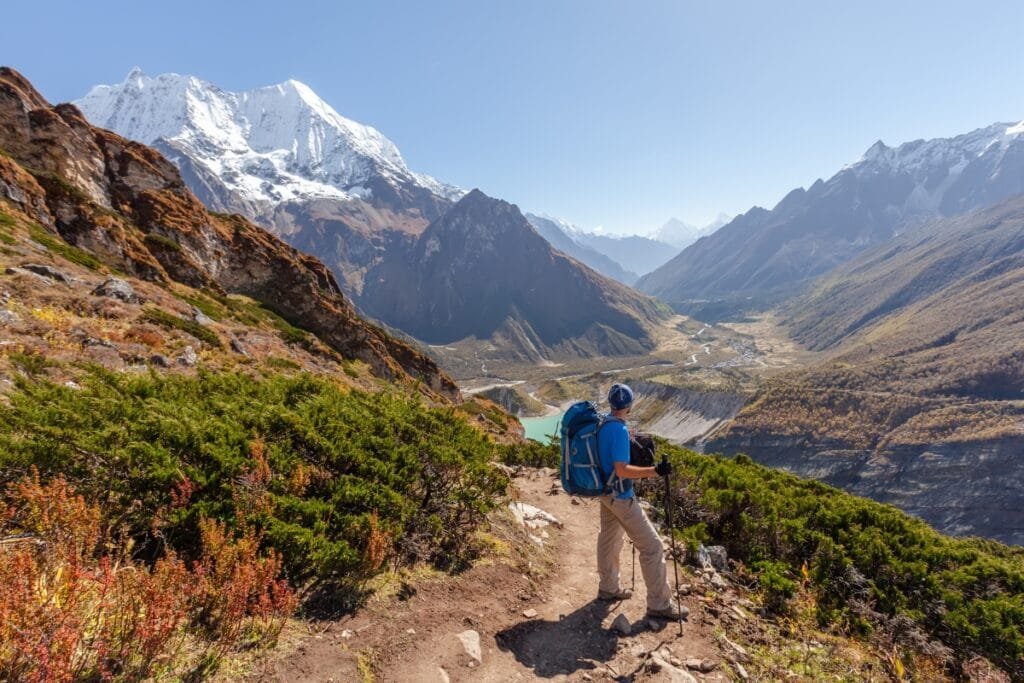
Tsum Valley, located in the northern part of Nepal, is a hidden gem known for its pristine beauty and rich cultural heritage. It lies within the Manaslu Conservation Area and is often referred to as the “hidden valley” due to its remote and untouched nature. The valley is home to the Tsumba people, who follow Tibetan Buddhism and have a unique culture and lifestyle. The trek to Tsum Valley offers stunning views of the surrounding snow-capped peaks, including Manaslu, Ganesh Himal, and Sringi Himal.
The trek typically takes 10-14 days, passing through lush forests, traditional villages, and ancient monasteries. Highlights include the famous Mu Gompa, one of the oldest and most significant monasteries in the region, and the opportunity to witness the traditional Tibetan way of life. The area is also known for its spiritual significance, with many sacred sites and prayer flags scattered throughout.
Tsum Valley remains relatively less crowded, offering a peaceful and authentic trekking experience, making it an ideal destination for those seeking both adventure and cultural immersion.
3. Panch Pokhari

Panch Pokhari, meaning “Five Lakes,” is a hidden trekking destination in the Sindhupalchok district, northeast of Kathmandu. The trek, which takes 7-9 days, offers breathtaking views of peaks like Langtang Lirung, Ganesh Himal, and Jugal Himal. Located at an altitude of 4,100 meters (13,450 feet), the area is known for its natural beauty, including dense forests, alpine meadows, and traditional villages along the trail.
The five sacred lakes are the main highlight of the trek, revered by both Hindus and Buddhists. Pilgrims visit the lakes during Janai Purnima, a major religious festival, to perform rituals and seek blessings. The tranquil lakes, surrounded by rocky terrain and high-altitude grasslands, create a serene atmosphere perfect for spiritual reflection and nature lovers alike.
The Panch Pokhari trek is an off-the-beaten-path adventure, offering a more peaceful and authentic experience compared to popular treks like Annapurna or Everest. Best visited in the spring (March-May) and autumn (September-November), the trek provides an opportunity to explore the rich culture of the Tamang people while enjoying stunning views and a spiritual journey.
4. Ilam Kanyam
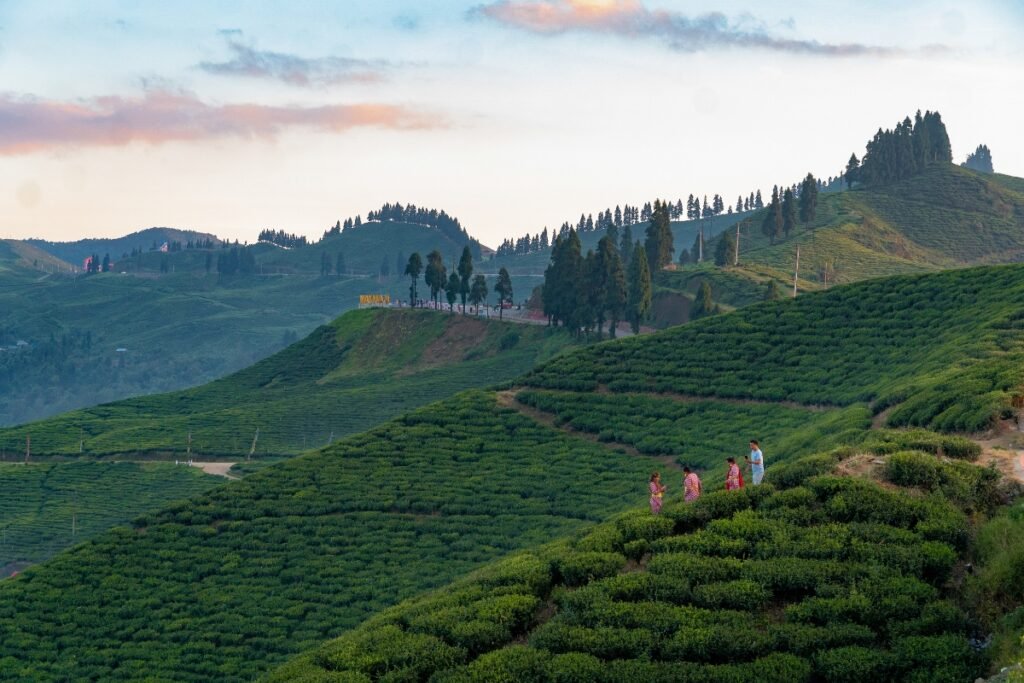
Ilam Kanyam, located in the eastern region of Nepal, is a picturesque hill station known for its lush tea gardens, rolling hills, and tranquil atmosphere. Situated in the Ilam district, this charming area offers visitors a peaceful retreat surrounded by natural beauty. Kanyam is particularly famous for its tea estates, where the fertile land and cool climate create ideal conditions for growing high-quality tea, making it one of the top tea-producing regions in Nepal.
The area is also known for its scenic landscapes, with terraced fields, dense forests, and distant views of the Kanchenjunga Mountain range. Visitors can enjoy leisurely walks through the tea gardens, experience the local culture, and taste fresh tea at various tea factories. The peaceful environment makes it an ideal destination for relaxation, nature walks, and photography.
In addition to its natural beauty, Ilam Kanyam holds cultural significance for the local communities, who primarily belong to the Limbu and Rai ethnic groups. The area is rich in traditions, and visitors can experience the warmth of the local hospitality. Kanyam is a great spot for those looking to escape the hustle and bustle of city life and immerse themselves in the tranquility of rural Nepal.
5. Barun Valley
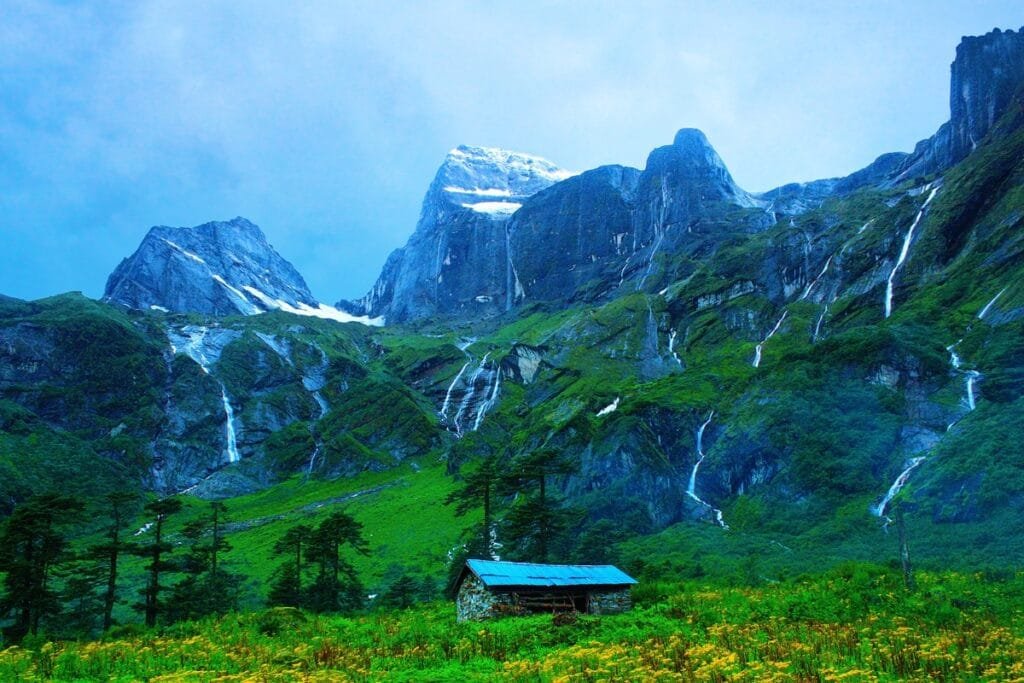
Barun Valley, located in the Sankhuwasabha district eastern region of Nepal, is a remote and stunning trekking destination within the Makalu Barun National Park. Surrounded by towering peaks like Mount Makalu, the valley offers breathtaking views and diverse landscapes, from subtropical forests to alpine meadows and glaciers. The trek, typically lasting 18-22 days, begins from Tumlingtar and ascends towards Makalu Base Camp, providing trekkers with an immersive experience in nature and local culture.
The valley is rich in biodiversity, home to wildlife such as the red panda, snow leopard, and Himalayan tahr, and over 3,000 plant species. It’s also a cultural hub, with local communities like the Rai, Sherpa, and Magar, offering trekkers a chance to learn about traditional lifestyles.
The best time to visit is during the spring (March-May) and autumn (September-November) seasons, when the weather is clear and ideal for trekking. Barun Valley is perfect for those seeking a challenging, off-the-beaten-path adventure with stunning views and cultural immersion.
6. Siddha Gufa
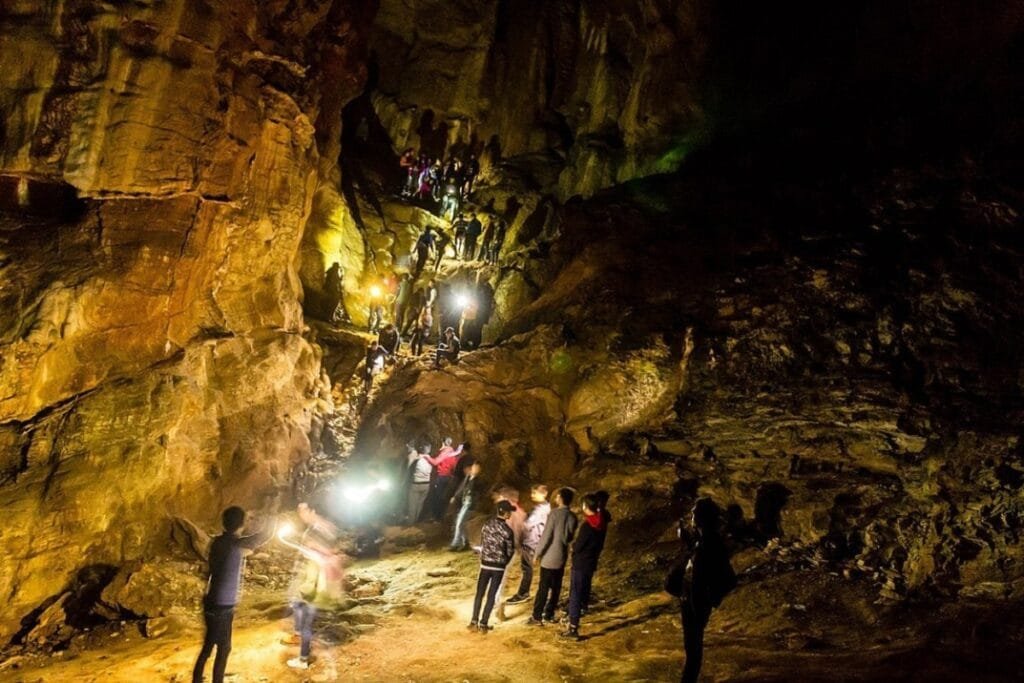
Siddha Gufa, located in the Tanahun district of Nepal, is one of the largest caves in the country and a popular tourist destination. Situated about 12 kilometers from the town of Damauli, the cave is known for its impressive size, stunning stalactites, and stalagmites formations. The cave stretches over 437 meters, with its interior filled with natural rock formations and a mystical atmosphere.
The trek to Siddha Gufa takes visitors through lush forests and small villages, offering a scenic journey before reaching the cave entrance. Inside, visitors can explore the dark chambers, which are illuminated by electric lights, revealing the cave’s intricate geological features. The cave is also of cultural and historical significance, as it is believed to have been a meditation site for ancient saints.
Siddha Gufa is a must-visit for adventure seekers and nature lovers, offering a unique experience of exploring one of Nepal’s natural wonders. The best time to visit is during the dry season, from October to March, when the weather is pleasant for trekking and cave exploration.
7. Rara Lake
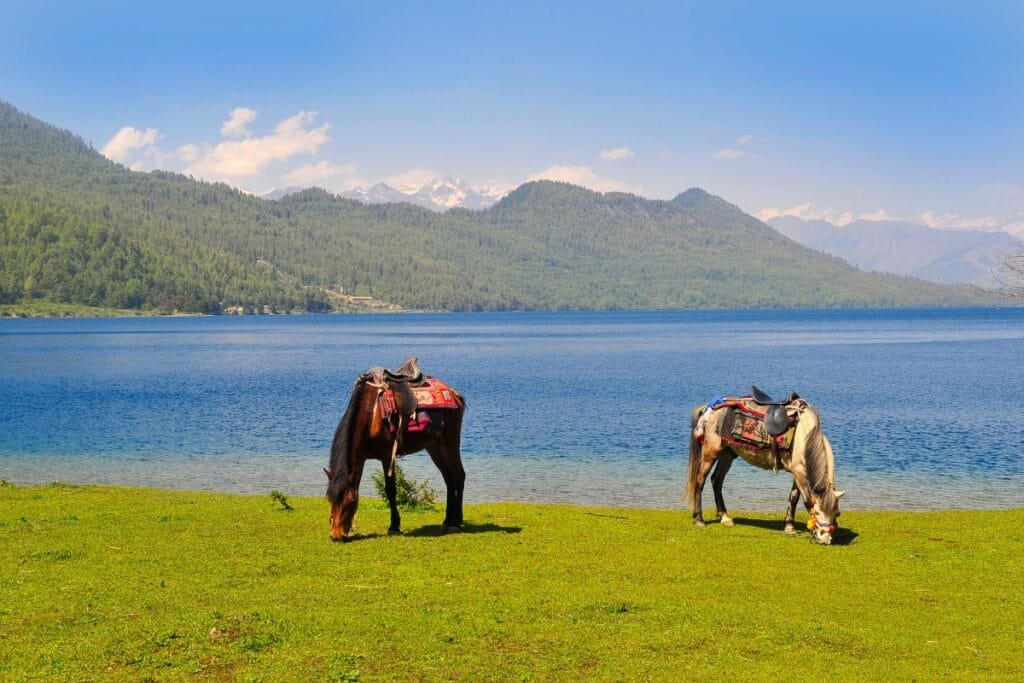
Rara Lake, located in the remote northwest region of Nepal in the Mugu district, is the largest lake in Nepal and one of the country’s most stunning natural attractions. Situated at an altitude of 2,990 meters (9,810 feet), the lake spans about 10.8 square kilometers and reaches a depth of 167 meters. Surrounded by snow-capped mountains and lush forests, Rara Lake is known for its crystal-clear waters, which reflect the surrounding landscape, creating a breathtaking sight.
The trek to Rara Lake is a challenging but rewarding adventure, typically taking 6-9 days, depending on the route. The journey passes through beautiful rural villages, dense forests, and alpine meadows, offering trekkers a chance to experience the unique culture of the local communities, including the Mugu and Khas ethnic groups. The area is also a haven for wildlife, with species such as the Himalayan black bear, musk deer, and various bird species inhabiting the region.
Rara Lake is a peaceful and serene destination, making it ideal for those seeking solitude and natural beauty. The best time to visit is during the spring (March-May) and autumn (September-November) seasons when the weather is clear, and the trekking conditions are optimal. The lake is also a great spot for photography, nature walks, and birdwatching.
8. Phoksundo Lake

Phoksundo Lake, located in the Dolpa district of northwest Nepal, is one of the most beautiful and serene lakes in the country. Situated at an altitude of 3,660 meters (12,008 feet), the lake is known for its striking turquoise blue color, surrounded by rugged mountains and pristine landscapes. The lake is part of the Shey Phoksundo National Park, which is rich in wildlife and natural beauty.
The trek to Phoksundo Lake is a challenging yet rewarding journey, typically taking 10-14 days. The trail passes through traditional Tibetan-influenced villages, dense forests, and high-altitude landscapes, offering trekkers a chance to experience the unique culture of the region’s people, who follow Tibetan Buddhism. Along the way, trekkers can enjoy stunning views of snow-capped peaks, valleys, and waterfalls, with the lake being the ultimate highlight of the trek.
Phoksundo Lake is also culturally significant, as it is considered sacred by the local communities. The surrounding area is home to various species of flora and fauna, including blue sheep, musk deer, and Himalayan griffon vultures. The best time to visit Phoksundo Lake is during the spring (March-May) and autumn (September-November) months when the weather is clear and trekking conditions are optimal. The lake’s tranquility and natural beauty make it a must-visit destination for adventure seekers and nature lovers.
9. Pathibhara Temple
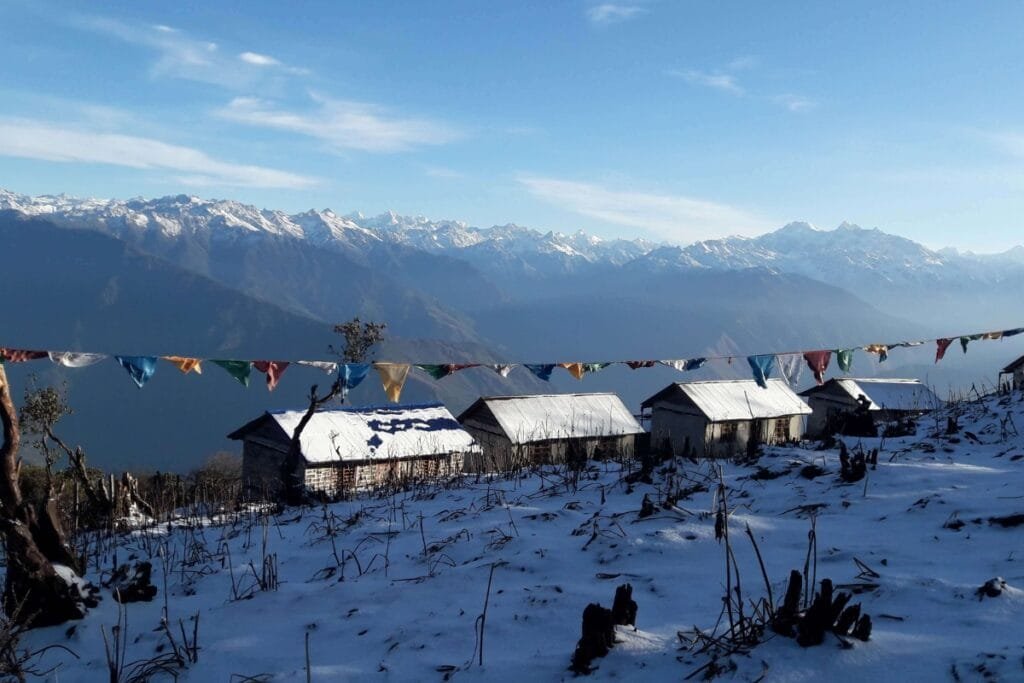
Pathibhara Temple, located in the eastern region of Nepal in the Taplejung district, is a significant Hindu pilgrimage site dedicated to the goddess Pathibhara, believed to fulfill the wishes of devotees. Situated at an altitude of 3,794 meters (12,448 feet) on the slopes of Mount Kumbhakarna, the temple offers breathtaking views of the surrounding mountains, including Kanchenjunga, the third-highest peak in the world.
The temple is visited by thousands of pilgrims every year, especially during major festivals like Dashain and Tihar. Devotees believe that offering prayers and sacrifices at the temple can bring prosperity, health, and fulfillment of desires. The trek to Pathibhara Temple is a challenging yet rewarding journey, typically taking 4-6 days, and passes through traditional villages, lush forests, and high-altitude landscapes.
In addition to its religious significance, Pathibhara Temple offers trekkers a chance to experience the natural beauty of the region, with stunning views of snow-capped peaks, valleys, and the rich biodiversity of the Kanchenjunga Conservation Area. The best time to visit is during the spring (March-May) and autumn (September-November) seasons when the weather is clear and trekking conditions are ideal.
10. Kalinchowk
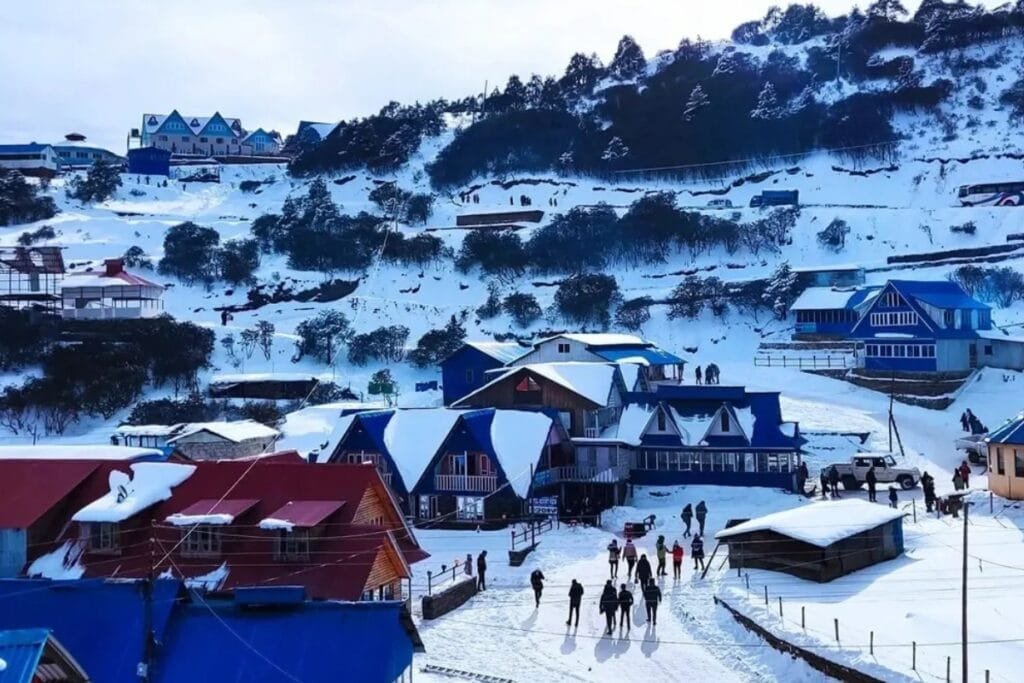
Kalinchowk, located in the Dolakha district of Nepal, is a popular hill station and trekking destination known for its panoramic views, religious significance, and natural beauty. Situated at an altitude of 3,842 meters (12,605 feet), Kalinchowk offers stunning views of the surrounding peaks, including Mount Everest, Langtang, and Gauri Sankar, making it a prime spot for trekkers and nature enthusiasts.
Kalinchowk is also home to the Kalinchowk Bhagwati Temple, a sacred Hindu site dedicated to Goddess Bhagwati. The temple attracts pilgrims, especially during the festivals of Dashain and Tihar, as it is believed to be a powerful place of worship. The area around the temple offers spectacular views of snow-capped mountains, lush valleys, and rolling hills, making it a perfect destination for both spiritual and adventure seekers.
From Kathmandu to Kalinchowk is approximately 150 kilometers (93 miles) by road. The travel time typically takes around 6 to 8 hours, making it an ideal weekend getaway for those looking for a quick escape from the hustle and bustle of Kathmandu. Visitors can enjoy the scenic journey through forests of rhododendron and pine, along with opportunities for activities like hiking, cable car rides, and photography. The best time to visit Kalinchowk is during the spring (March-May) and autumn (September-November) seasons, when the weather is clear, and the views are at their best.
Conclusion
Nepal’s hidden gems are a testament to the country’s incredible diversity and natural beauty. These lesser-known destinations offer a unique opportunity to explore untouched landscapes and immerse yourself in authentic cultural experiences. Whether you’re seeking solitude, adventure, or spiritual rejuvenation, Nepal’s hidden treasures are waiting to be discovered. Pack your bags and embark on a journey to uncover the unexplored wonders of this Himalayan paradise.
